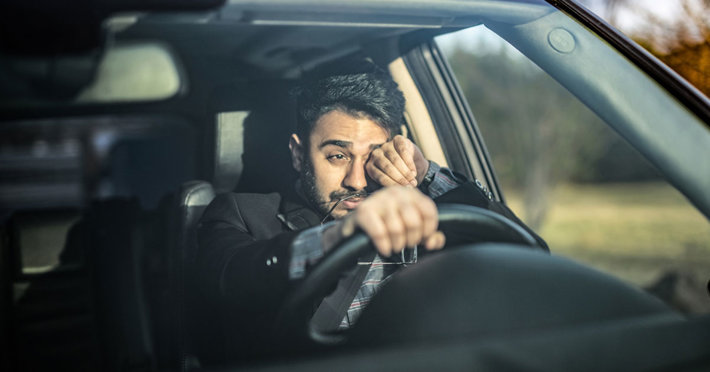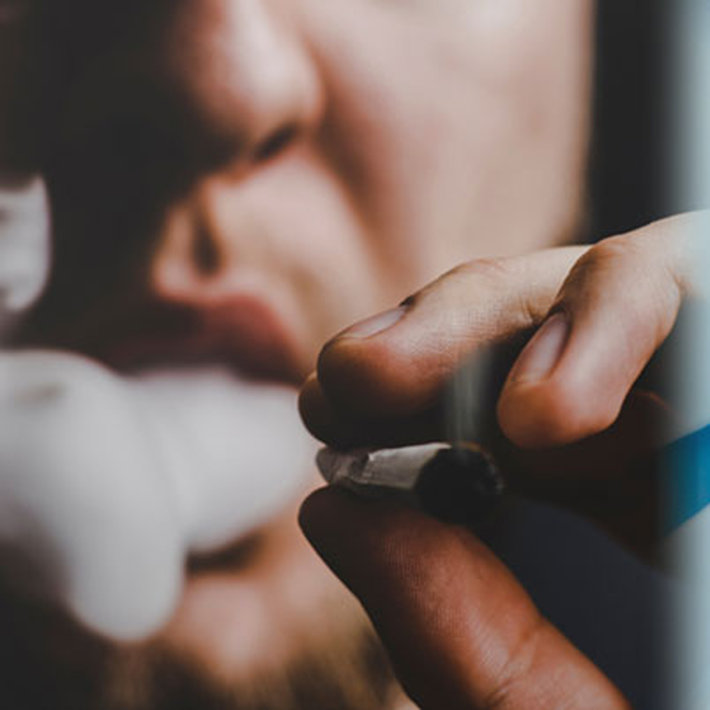Does Marijuana Impair Your Driving?

DUI, or driving under the influence, is universally condemned and looked down upon. Endangering the lives of other drivers and passengers is nothing to play around with. However, some people change their opinion when the “influence” in question is marijuana, despite the fact that studies show even when used medicinally, THC, the main intoxicating substance in marijuana, causes hazardous intoxication for up to four hours after using the substance.
“The level of driving impairment observed is comparable to a BAC of about 0.05, or higher. At this level, one is driving drunk, depending on state law.”
—Johannes Ramaekers
Studies showed that the drug’s influence peaked at about forty minutes. Although this period is much shorter than four hours, researchers generally agree that people who use pot should not get behind the wheel until its effects have worn off.
Regardless of your opinion on how using weed affects driving, many states consider you legally impaired when under the influence of marijuana. Subsequently, even if you do not think you are “under the influence,” you can still incur nasty penalties for driving with it in your system. Failing a blood test for THC after operating a motor vehicle can result in a fine of $2,000 or up to a year in jail. Even if it is your first offense, you will likely pay financial penalties or be court-ordered to substance abuse treatment if you get pulled over while high. Professionals recommended more significant penalties after research in Europe showed that drivers with THC in their blood were about twice as likely to be involved in a fatal car crash than drivers who had not used drugs or alcohol. Unsurprisingly, the risk associated with THC combined with alcohol is far greater than either substance on its own.
Most people understand the risk associated with buzzed or drunk driving. And with technology at our fingertips, there is no reason for anyone to ride in a car with a drunk driver—for instance there are personal size, inexpensive breathalyzers to ensure a person’s BAL (blood alcohol level) is 0 before they drive, and further, getting a lift has never been easier when it’s just a few clicks away through a rideshare app.
However, many people do not know how dangerous it can be to operate a motor vehicle while under the influence of THC. Drunk driving has decreased significantly in the past 40 years, yet more and more drivers are testing positive for THC. The percentage of fatally injured drivers who tested positive for marijuana has steadily increased since broader legalization of marijuana has occurred across the country. According to the Fatality Analysis Reporting System or FARS, Marijuana was the most common drug found in toxicology’s of fatally injured drivers, not including those who did not have a toxicology report performed on them.
Addressing the broader issue of the drug epidemic in our country is just as important, with thousands of people dying each year in drug-related deaths. Our policies as a country should reflect this and work to offer greater availability of assistance for those struggling with drug addiction.
Unfortunately, as drug use continues to increase across the country, so will driving under the influence. Ensuring we are addressing public safety issues as different states legalize marijuana is essential.
Sources:
- https://www.usnews.com/news/health-news/articles/2020-12-01/will-pot-or-cbd-make-you-a-worse-driver
- https://www.ncsl.org/research/transportation/drugged-driving-overview.aspx
- https://www.stopdruggeddriving.org/problem#:~:text=A%202019%2D2020%20NHTSA%2Dfunded,during%20the%20two%20pandemic%20periods.

